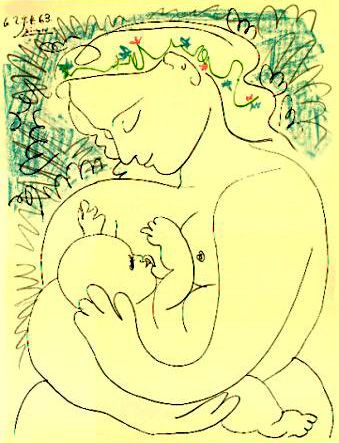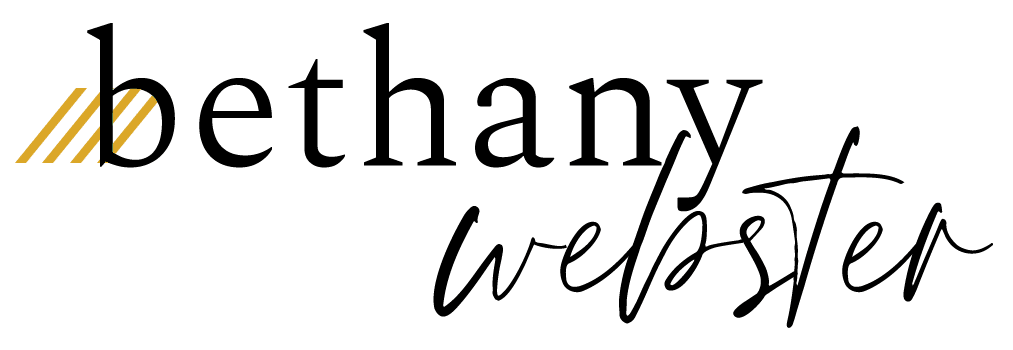Loving the Magical Child Within

“Caring for your inner child has a powerful and surprisingly quick result: Do it and the child heals.” ~Martha Beck
There is something so pristine at our core…
The child that we were is not just a snapshot of our history; she is a vital energy that lives within us right now.
Our inner child is part of our authentic self, the self we were before we had to wear masks and take on a false self to some degree in order to survive in our families and in our cultures. When we care for our inner child we begin to recover our authentic, natural self. We begin to restore a sense of goodness and worthiness to those things we may have had to put into shadow.
Welcoming back the parts of us we had to reject is incredibly liberating!
We can welcome our rejected parts back into the embrace of ourselves and act in new ways that demonstrate to our inner child that the past is over and that now it is safe to be her full self.
Examples of taking actions that heal and liberate:
- Setting boundaries when it was previously forbidden
- Using your voice to speak your truth when it caused you to be rejected in the past
- Giving yourself time to play or do nothing when you were taught that your value only comes from working
We have to be rebels to heal. Healing requires that we have the courage to undo the dysfunctional patterns that were laid early in life. It is a long journey and can be so challenging, but it is so worth it. Ultimately, it expands our capacity for radical new levels of joy, pleasure, creativity and connection.
Transforming the early beliefs that have kept us stuck
A child has limited cognitive abilities and views itself as the source of parental shortcomings. The unconscious beliefs that we formed as children may still be operating in us as adults causing problems in our lives.
Examples of unconscious conclusions that we may have come to as children in the face of family dysfunction or abuse:
- “I am bad.”
- “There is something wrong with me.”
- “If I was really good and lovable, then mommy or daddy would not reject/hit/abandon me.”
These unconscious beliefs can cause cognitive dissonance when, as adults, we seek to make major changes, such as follow our passion, find a mate or start a new career. For example, if we have an unconscious belief that we are bad we may find it difficult to commit to our soul mate or embark on our dream of self-employment. The cognitive dissonance comes in because the beliefs conflict.
Examples of unconscious thoughts that cause self-sabotage:
- Amazing things don’t happen to bad people.
- I don’t deserve to be that happy.
- It feels unfamiliar and strange to be so content; perhaps I’m not safe.
We have to acknowledge and grieve the loss of having to create an inner split in order to be accepted by our families. Dismantling the belief in our “badness” requires us to mourn that separation from our true self. This is a powerful step in creating safety for our inner child where they may have been none growing up.
When we can see and honor our innocence, we can also do this for others and all lifeforms. It is all connected. The innocence that lives in us lives in all life.
We can find a love within that has no limits.
In our culture, it seems that children are rewarded more for growing out of childhood as soon as possible; and not so easily loved for whatever stage they are at as children. Because of this many of us grew up feeling punished or abandoned for the simple fact of having needs. Many of us learned to hate our needs and to hate ourselves for having needs. The need to eat, the need to be held, the need to be seen, the need to be listened to, the need to be understood, etc. We may be carrying this self-derision within and it can keep us stuck.
I sensed acutely as a child that my mother experienced my needs as an assault. Due to her own wounding and overwhelm my needs were met with withdrawal and anger. I recall a powerful experience during my healing process in which I felt the existential despair of early childhood at realizing that no matter how much I tried, I could not make my needs go away. And thus, I could not make my mother love me the way I needed her to.
As an adult, it was a revelation to see that at my core I had been carrying around an ancient, primal desire to extinguish myself in order to be loveable. Seeing this allowed me to grieve and made way for deep compassion, self-empathy and physical relief to permeate my being. It explained the persistent pattern of needing to be small, compliant and attenuated; this was the only time I received love.
I was able to say to my inner child: “Of course you would feel this way! It makes perfect sense!” I was able to have compassion and understanding for why it was scary for me to take up space, to ask for my needs to be met and to be my full self without fear. It was like a big puzzle piece slid into place. This compassionate, spacious seeing allowed the pattern to finally begin the process of dissolving because the unconscious belief that kept it in place was clearly seen to be no longer be valid.
We can fill the gaps of love that we missed as children.
As we work with the inner child, our vitality and inner safety is restored.
We all need to feel adored, cherished, comforted, nurtured and honored for the unique person we are. When we help our inner child feel these feelings, new energy and vitality comes into every area of our lives because we are releasing shame and anointing ourselves in goodness and blessedness. This gives us new confidence, lightheartedness, and joy.
Our inner child begins to feel safe enough to be her natural self:
- Having fun (even in mundane situations)
- Being present in the moment
- Expressing feelings openly
- Being openhearted and generous to others
- Having an attitude of playfulness
- Being enthusiastic and full of energy
- Having a sense of vitality and connection to your body
- Feeling difficult feelings and allowing them to dissolve naturally
Creating a safe inner environment for your inner child to thrive
Creating an inner bond starts with the willingness to dialogue with the inner child on a regular basis. Depending on the level of trauma you experienced when you were a child, your inner child may be reluctant to trust you at first and it may take time for her to open up to you. But be persistent and you will be amazed at the results. Even just a little dialogue every day reaps massive returns in the form of physical energy, positive emotions and general well-being.
Examples of affirming things you can say to your inner child:
- You are thoroughly good and wonderful!
- You are lovable and special.
- You are safe.
- I respect you.
- I am so proud of you!
- I’m so happy you are here!
- You can do it!
- I’m right here for you whenever you need me.
- It’s OK to have needs. I love filling your needs!
- I love taking care of you!
- It’s OK to make mistakes.
- All of your feelings are OK.
- You can rest in me.
- There’s nothing you could say or do that would make me not love you.
Examples of questions to ask your inner child:
- How are you feeling today?
- What do you need from me in this moment?
- What can I do for you right now?
- I sense that you are feeling ______, Would you like to talk about it?
- What would you like to do right now?
Listen to what she has to tell you and feel the energy shift in your body and in your emotions. Paint, draw, journal, write letters, dialogue with a chair, pull our your favorite old toys. Have fun with the process. You are creating a sanctuary within where everything is OK–no matter what. A sanctuary where it is safe to be a child, where is safe to have feelings, where it is safe to be messy and ungroomed, where it is safe to play and have fun!
Discovering and embodying your indestructible goodness…
I had this photo of a fox on my desk and I recall one day when every time I looked at it, I felt the urge to weep. Sensing something potent under the surface, I sat down with the photo and allowed myself to feel what was coming up. As I stared into the eyes of the fox, I sensed it’s innocent and pure presence. I began to weep and realized I was weeping for innocent and pure presence of my own inner child. And as I wept I had a major realization. I realized that the innocence and purity had not been destroyed by early trauma, it was actually present with me in that moment. In fact, it could never fully be destroyed, nor could I ever be fully separated from it because this innocence and purity were the very essence of my being and part of my connection to life itself.
Loving our inner child gives us access to our essence, our truth, and our vitality in a way that nothing else can.
The indestructible bond that we create between our adult self and inner child replaces the deficits of our early childhood with the emotional nutrients that create the strength needed to live as our full, brilliant, authentic self. It is a process of building a new foundation to support the vastness of who you really are.
Artist credits: Mother and Child Pablo Picasso




